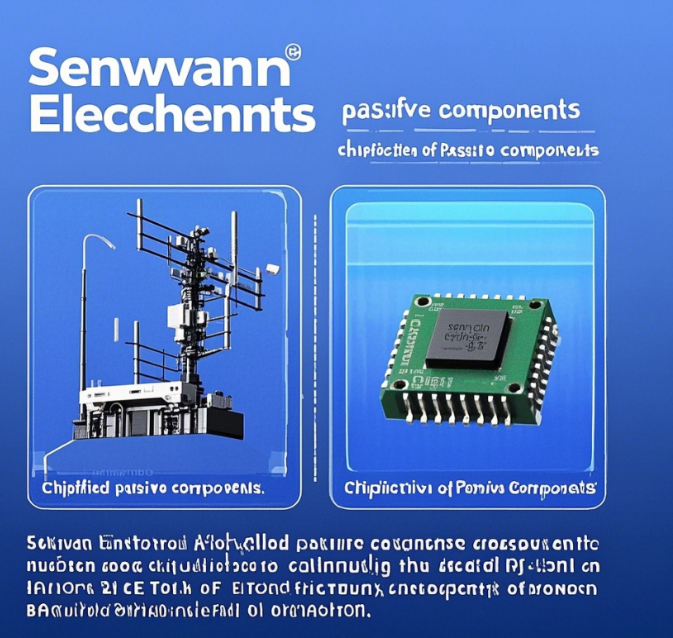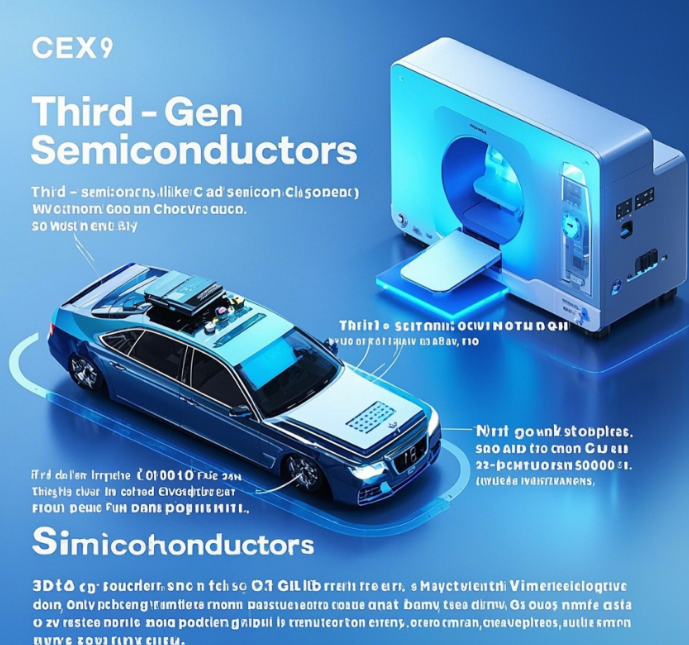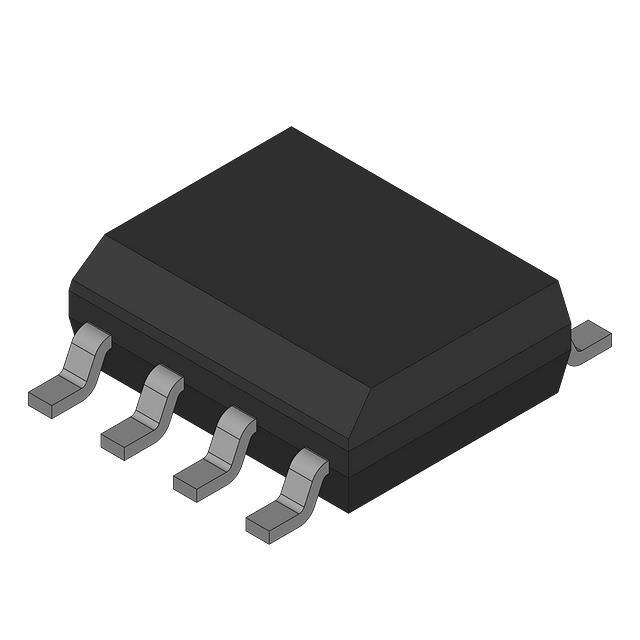Top 5 Electronic Component Breakthroughs in 2025: From AI Chips to the Passive Component Revolution
In the last week of March 2025, remarkable advancements have been made in electronic components, which are transforming industries ranging from AI to renewable energy.
1. Chipification of Passive Components: The Ultimate Integration Breakthrough
Tech Spotlight: Traditional discrete passive components such as resistors, capacitors, and inductors are approaching their physical miniaturization limits. At the Chengdu Microwave Conference on March 27, Senwan Electronics stole the show with its "chipified passive components" solution. By leveraging IPD (Integrated Passive Device) platforms and TGV (Through Glass Via) technology, they have directly embedded passive elements onto silicon or glass substrates, reducing the size of RF front - end modules by 40%.
Why This Matters: Already deployed in 5G base stations and satellite communications, the IPD market is expected to reach $2 billion by 2026. Moreover, Senwan's MEMS - based microsystems enable the miniaturization of biosensors, opening up opportunities for wearable medical devices and IoT nodes.

2. AI Chips: Reshaping Compute Power from Data Centers to Your Pocket
- Edge AI Gets Smarter: Phison's aiDAPTIV + platform now supports on - device AI model tuning, reducing training costs by 30% through dynamic caching, which is ideal for factory robots and self - driving cars.
- Ultra - Low - Power Wins: Axonne's AT680 series consumes only 1mW to power voice - controlled smart glasses, while InnoGrit's IG5222 SSD controller achieves 1.2M IOPS via PCIe Gen4, enhancing the performance of data centers.
- The Big Picture: Mouser Electronics forecasts a 53% increase in AI chip demand in 2025, driven by the automotive and industrial automation sectors.

- 3. Third - Gen Semiconductors: SiC & GaN Go Mainstream
- EVs: With 800V platforms becoming the standard in electric vehicles, silicon carbide (SiC) dominates power modules. Renesas' DA14533 Bluetooth SoC, used in tire pressure sensors, has an idle current of just 500nA.
- Healthcare: Delta's 600W GaN medical power modules increase the efficiency of CT scanners by 25%, and SICC's 12 - inch SiC wafers accelerate the production of AR glasses.
- Policy Push: Shandong's new lithium - ion battery standards are promoting the adoption of third - gen semiconductors in energy storage, with a penetration rate reaching 35%.

- 4. Smart Cockpits: Where Sound Meets Sight
- Acoustic Magic: HuaYan's CCD5001 chip uses DSP algorithms to cancel road noise, and Burton & NationZ's amp solution provides concert - hall - quality audio in cars.
- AR Everywhere: Texas Instruments' DLP Pico technology powers 100 - lumen AR glasses, and Goertek's Star G - E1 module offers a brightness of 5,000 nits for sunlight - readable displays.
- User Experience Wins: The smart cockpit chip market is expected to reach $8 billion in 2025, with voice control and immersive displays being the key areas of competition.
5. Chiplet & Advanced Packaging: Beating Moore's Law with Innovation
Breakthroughs:
- VeriSilicon's 2.5D/3D chiplet solutions triple the computing density while reducing costs by 40%.
- Bionova's EDA tools address signal integrity issues in terabit - scale chiplet networks.
- Ecosystem Growth: At the Shanghai IIC, Cadence and Alibaba's T - Head launched a RISC - V chiplet design platform, streamlining the commercialization process.
Conclusion
2025 is a crucial turning point for electronic components. From the revolutionary changes in passive components to the widespread influence of AI chips, these trends are not just technical jargon but blueprints for trillion - dollar markets. Companies need to focus on performance, integration, and sustainability to lead this transformation.


